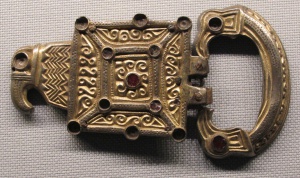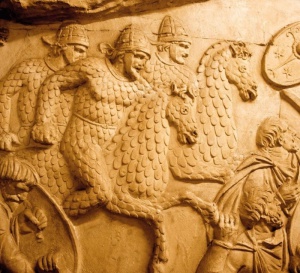(Boylove Documentary Sourcebook) - On the Taifali People of Late 4th-Century Romania: Difference between revisions
From BoyWiki
(Modified the name of a category) |
(Modified the reference of the excerpt) |
||
| Line 2: | Line 2: | ||
From <i>History</i> (<i>Rerum Gestarum Libri XXXI</i> | From <i>History</i> (<i>Rerum Gestarum Libri XXXI</i>, c. 391 AD), Book 31, Chapter 9, by Ammianus Marcellinus, translated by J. C. Rolfe, Volume 3, <i>Loeb Classical Library</i> (Cambridge, Massachusetts: Harvard University Press, 1939). | ||
<div style="margin:.5em auto; width:95%; min-height:5em; background-color:#F5FAFF; border:3px solid #c9c9ff; padding:1em;"> | <div style="margin:.5em auto; width:95%; min-height:5em; background-color:#F5FAFF; border:3px solid #c9c9ff; padding:1em;"> | ||
Revision as of 10:00, 5 August 2021

From History (Rerum Gestarum Libri XXXI, c. 391 AD), Book 31, Chapter 9, by Ammianus Marcellinus, translated by J. C. Rolfe, Volume 3, Loeb Classical Library (Cambridge, Massachusetts: Harvard University Press, 1939).
We have learned that these Taifali were a shameful folk, so sunken in a life of shame and obscenity, that in their country the boys are coupled with the men in a union of unmentionable lust, to consume the flower of their youth in the polluted intercourse of those paramours. We may add that, if any grown person alone catches a boar or kills a huge bear, he is purified thereby from the shame of unchastity.
